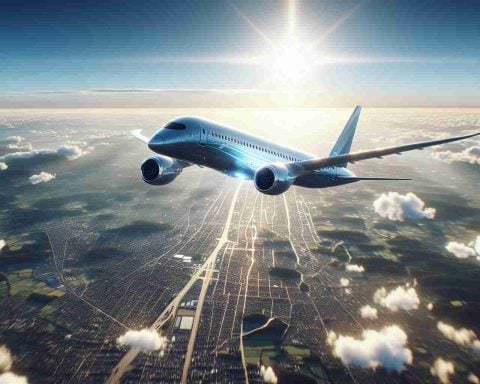The FA-50 Fighting Eagle is an advanced light combat aircraft that has recently been making significant ripples within military circles. Originally developed by Korea Aerospace Industries (KAI) in partnership with Lockheed Martin, the FA-50 is based on the T-50 Golden Eagle family of aircraft. This impressive jet first entered service with the Republic of Korea Air Force (ROKAF) to replace its older fleet of fighter planes.
What makes the FA-50 particularly notable is its versatility and affordability. As a light combat aircraft, it offers a combination of air-to-air and air-to-ground combat capabilities, making it ideal for nations seeking cost-effective solutions to bolster their air force. The FA-50 can reach speeds of up to Mach 1.5 and is equipped with modern avionics, making it a formidable presence in both training and combat situations.
International interest in the FA-50 has surged recently due to its competitive price point and outstanding performance. Countries such as the Philippines and Indonesia have already acquired these jets, with others showing increased interest. As a multi-role fighter, the FA-50 is seen as a strategic investment for nations prioritizing efficient, scalable air defense solutions.
The FA-50’s success on the global stage is bolstered by its ability to seamlessly integrate advanced weapon systems, including precision-guided munitions. This capability ensures that smaller air forces can maintain a robust defense posture despite budget constraints. As more countries evaluate their needs in light of evolving military landscapes, the FA-50 Fighting Eagle remains a compelling option.
How the FA-50 Fighting Eagle is Changing Global Air Defense
The FA-50 Fighting Eagle is rapidly becoming a strategic asset in not just combat scenarios, but economic and geopolitical landscapes worldwide. Beyond its technical specs, the aircraft’s true impact lies in how it transforms air defense strategies for several nations.
Economic Viability and Defense Independence
For many emerging military powers, the FA-50 provides an incredible balance between cost efficiency and defense capability. Countries investing in FA-50s are seeing not only a robust enhancement of their air force capabilities but also a boost in defense independence. This shift may challenge the traditional dynamics dominated by heavier, more expensive fighter jets.
Impact on Local Communities and Economies
Acquiring and operating FA-50s stimulates local economies by fostering partnerships between purchasing countries and Korea Aerospace Industries. These partnerships often include technology transfers that lead to job creation and enhancement of local aeronautical expertise. This is particularly beneficial for countries aiming to develop their aerospace industries.
A New Wave of Air Defense and Controversies
The introduction of the FA-50 has sparked debates over regional stability. In geopolitically tense areas, the acquisition of such versatile aircraft can lead to an arms race, altering power balances. Furthermore, questions arise about the control and influence of global military suppliers.
What Does the Future Hold?
Will the FA-50 inspire new aircraft development strategies? It’s certainly a possibility, as nations see the advantage of agile and cost-effective air defense solutions. As geopolitical climates evolve, the FA-50 may encourage competitors to create similar multi-role platforms, influencing global military practices.
For more on the integration of modern aircraft in defense strategies, visit Lockheed Martin.






















